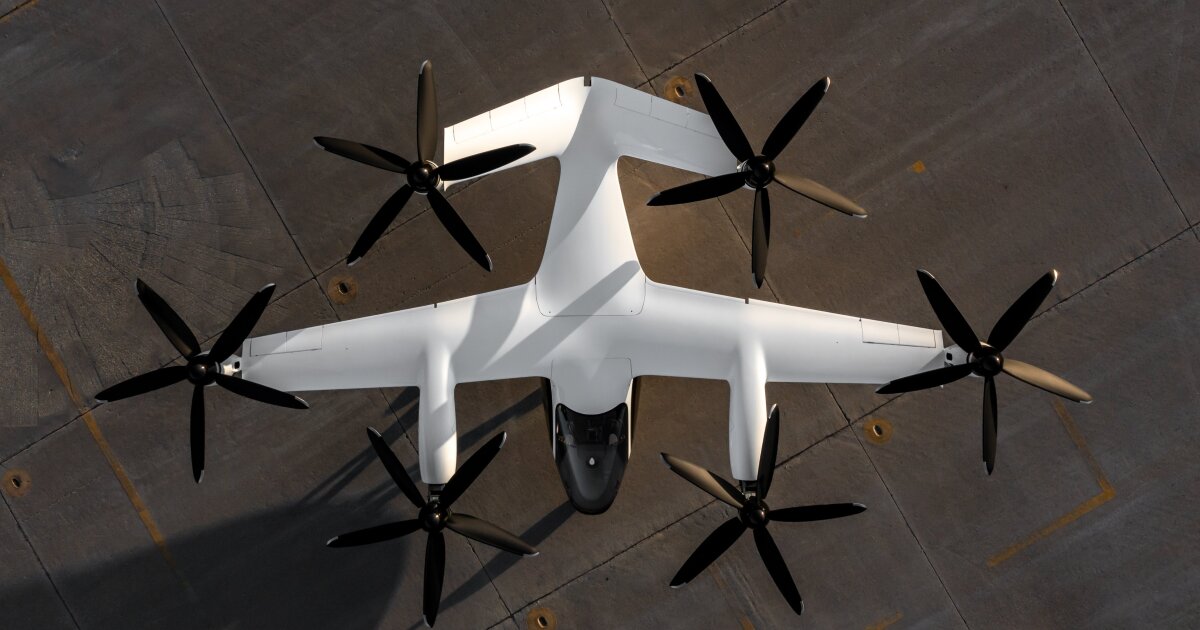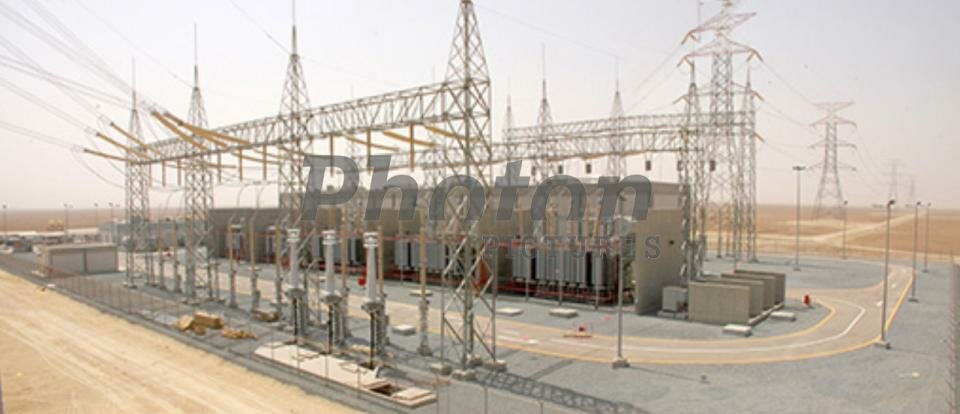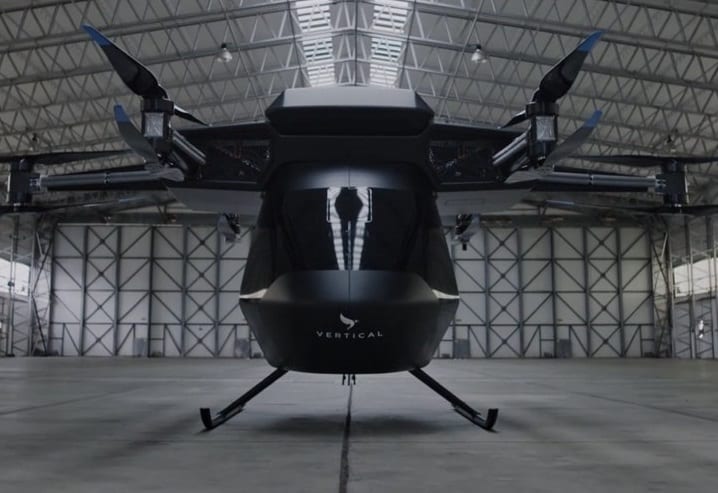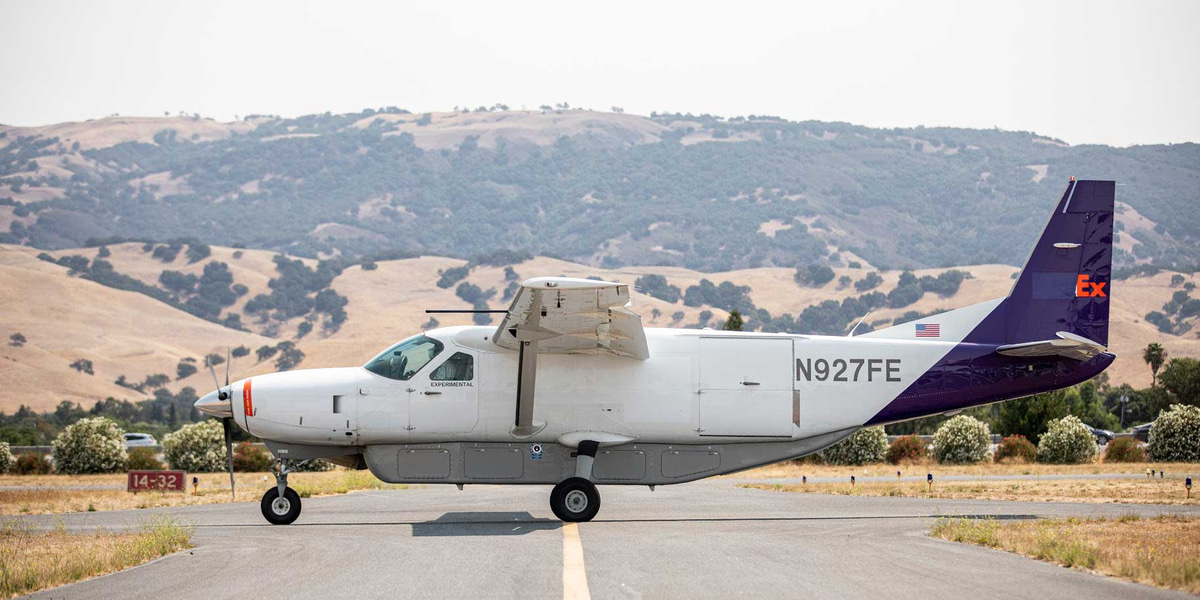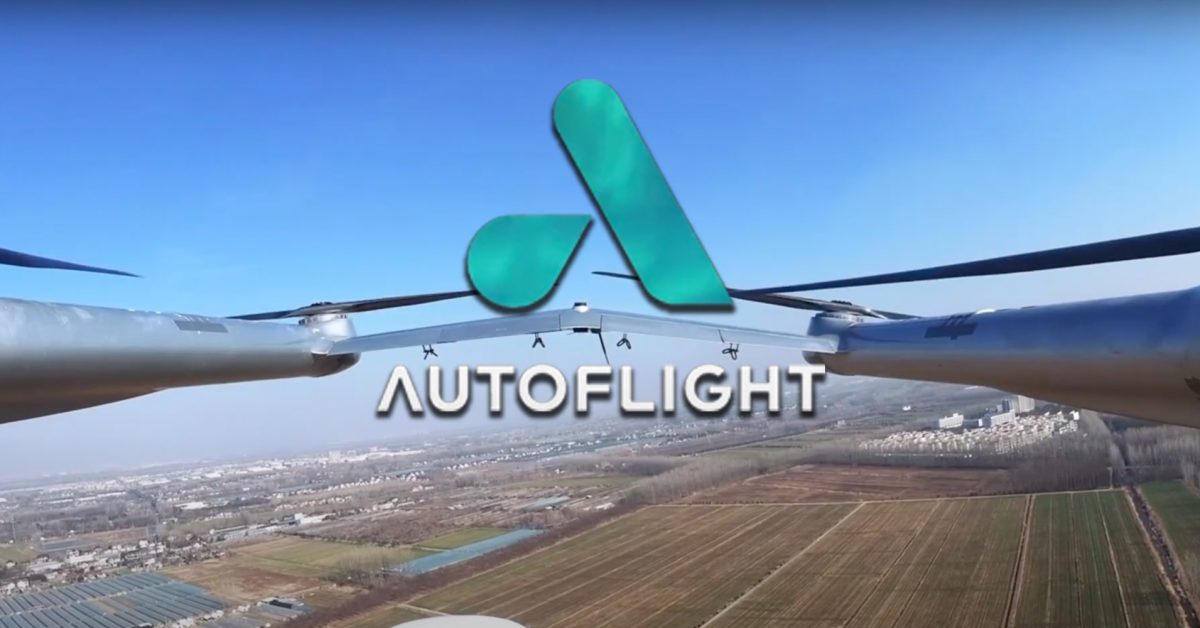Could a Theranos scandal happen again or has Silicon Valley learnt its lesson?

www.bbc.com
"Today, the 'fake it until you make it' culture is still alive and well - as is the repressive culture of secrecy and the aggressive use of NDAs for employees. It's a model that has its advantages - and helps churn out extremely valuable and sometimes innovative companies. But it also means the ingredients are still in place for another Theranos scandal. "
I think that sooner or later there will be a similar reckoning for the Evtol industry. There are too many inexperienced startups trying to build quite advanced aircraft designs, coupled with overly optimistic timelines, along with business plans that don't make much sense when closely scrutinized. I'm shocked that publications like the Wall Street Journal or the Economist have not done an in depth expose of this industry. I think in the next few years there will be a bloodbath that will see many of these companies fail with only the strongest like Joby or Archer surviving.
This reminds me of VLJ bubble 15 years ago that was fueled by a promising aircraft that was going to revolutionize aviation called the Eclipse 500. If you have never heard of it this excellent article explains why it failed.

www.flyingmag.com
"A disaster of this size has many causes, but the most fundamental was a fantasy about the economics of designing, building and supporting airplanes. The company also predicted impossibly low empty weights, which then led to unattainable performance and range predictions, and it expected to accomplish all of this in record setting time."

